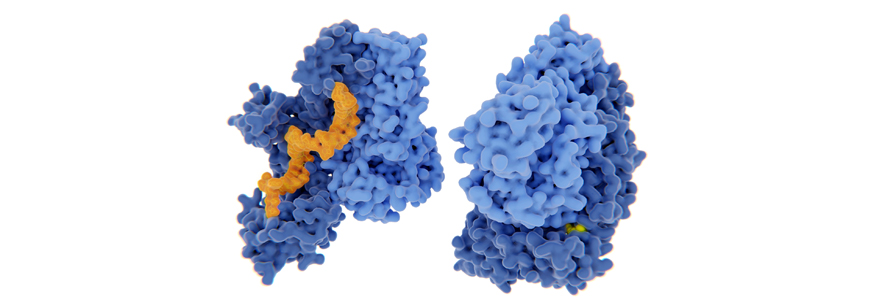A 53-year-old man undergoing treatment for a neuroendocrine tumor of the colon and related metastatic disease involving the pancreas and liver presented to an ED in distress with high blood glucose (BG) levels.
During the previous two months, the patient had been rushed to the ED multiple times as a result of hyperglycemia. In each instance, he was treated with oral medication to lower BG, prescribed metformin, and discharged. However, during the most recent event, an endocrinology fellow in the ED recognized a high-risk pattern in laboratory results.
Question: What did the endocrinologist fellow detect? What treatment was required?
Answer: After lab results indicated new onset Type 1 Diabetes Mellitus (T1DM), a complication triggered by cancer therapy, the patient was diagnosed with life threatening diabetic ketoacidosis (DKA). The patient was immediately admitted to the hospital and referred to Duke endocrinologist Afreen I. Shariff, MD, MBBS, a specialist in diabetes and metabolic disorders. Following admission, the patient’s condition was managed closely with multiple daily insulin injections.
Shariff, who maintains a clinic devoted to treating endocrine-specific side effects that develop as a result of the use of immune checkpoint inhibitors, diagnosed the new onset T1DM as an Immune-related Adverse Event (irAE), a recently recognized condition that occurs as a result of cancer treatments. The patient was being treated with a combination of lanreotide and pembrolizumab, an immune checkpoint inhibitor known to cause T1DM.
Following the hospitalization and subsequent treatment, the patient managed the injections at home. Urgent medical visits were no longer required.“T1DM is a direct consequence of the use of inhibitors and as a result is typically identified during the first few weeks of use of PD-1 or PD-L 1 inhibitors,” Shariff says. “The presentation is very common: sudden onset hyperglycemia with DKA.”
Shariff warns that if endocrine-related symptoms are not diagnosed and treated promptly, the conditions can become life threatening. Side effects associated with irAEs range from more common pituitary and thyroid dysfunction to primary adrenal insufficiency, which is rare. The development of T1DM is not uncommon, but often challenging to detect early unless providers are aware of recognizing symptoms and associating them with cancer therapy, Shariff says.
Though patients can develop side effects from these cancer therapies, the life-saving role of checkpoint inhibitors is prioritized in clinical decision-making. In most cases, Shariff says, treatment can help a patient maintain to balanced quality-of-life while continuing the cancer medications. She collaborates regularly with Duke oncologists.
To quantify and improve treatment for endocrine side effects identified as potentially related to the use of checkpoint inhibitors, Shariff has launched several clinical studies within the Duke Division of Endocrinology, Metabolism, and Nutrition.

